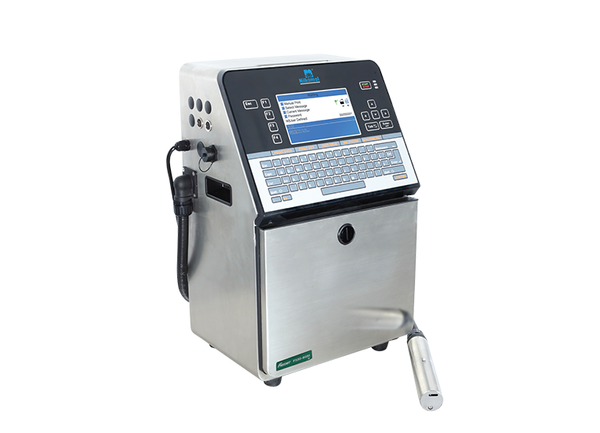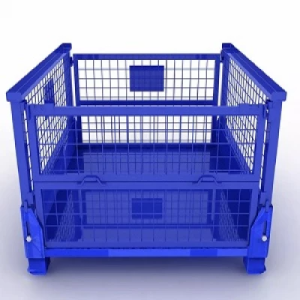“Rack Supported Warehouse” refers to a storage facility where the racking system not only serves as the storage structure but also provides the primary support for the building’s roof and walls. This innovative design maximizes storage space, enhances structural stability, and optimizes material handling efficiency within the warehouse.
Specifications:
- Structural Integration: In a rack supported warehouse, the racking system is integrated into the building’s structural framework, serving as load-bearing elements that support the roof, walls, and other structural components. This integration eliminates the need for separate support structures and maximizes usable space within the facility.
- Racking Systems: Rack supported warehouses typically utilize high-density racking systems, such as pallet racking, drive-in racking, or push-back racking, tailored to the specific storage requirements and inventory profiles of the facility. These racking systems are engineered to withstand heavy loads and provide efficient storage solutions for various types of goods and materials.
- Building Design: The design of a rack supported warehouse is optimized to accommodate the structural loads imposed by the racking system. This includes considerations such as column spacing, roof pitch, wall bracing, and foundation design to ensure structural integrity and stability.
- Material Handling Equipment: Rack supported warehouses are designed to accommodate a wide range of material handling equipment, including forklifts, pallet jacks, and automated storage and retrieval systems (AS/RS). The layout and configuration of the racking system are optimized to facilitate efficient material flow and handling operations within the facility.
- Safety Features: Safety considerations are paramount in rack supported warehouse design, with features such as seismic bracing, column protectors, aisle markings, and load capacity signage implemented to ensure the safety of personnel and equipment operating within the facility.
- Compliance: Rack supported warehouses must comply with relevant building codes, regulations, and industry standards governing structural design, fire safety, seismic resilience, and occupational health and safety to ensure a safe and compliant working environment.


















Reviews
There are no reviews yet.